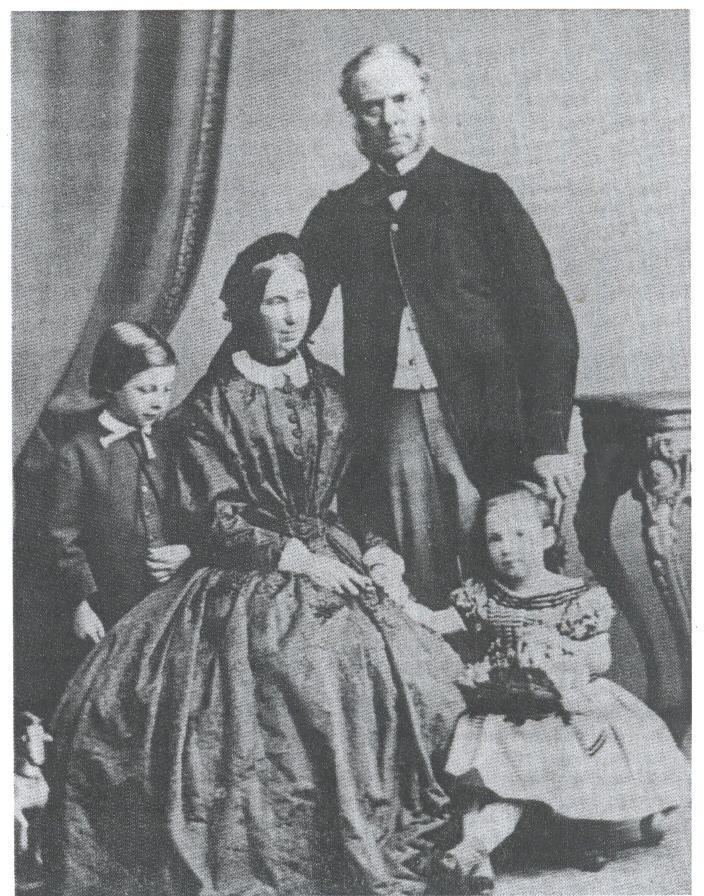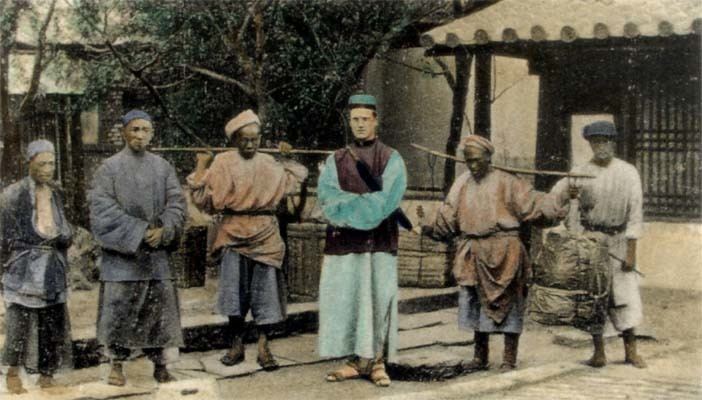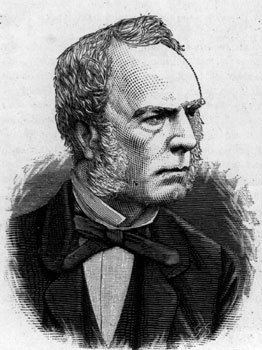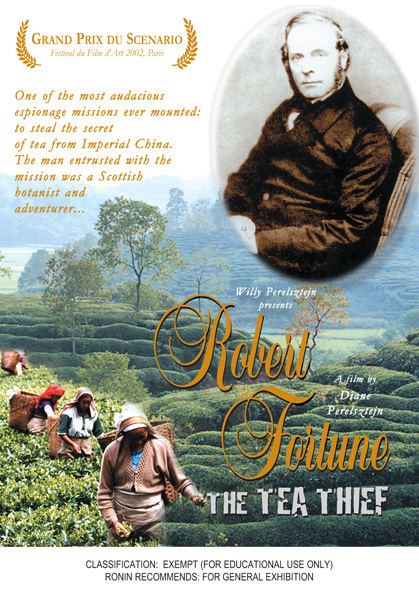Name Robert Fortune | Role Botanist | |
 | ||
Books A journey to the tea countries, A Residence Among th, Three Years' Wanderin, Wanderings in China, Yedo and Peking | ||
Todays tea 122 robert fortune
Robert Fortune (16 September 1812 – 13 April 1880) was a Scottish botanist, plant hunter and traveller, best known for stealing tea plants from China on behalf of the British East India Company.
Contents
- Todays tea 122 robert fortune
- The Tale of the Tea Thief Sarah Rose
- Life
- Legacy
- Publications
- Biographies
- References

The Tale of the Tea Thief - Sarah Rose
Life

Fortune was born at Kelloe, Berwickshire. He was employed in the Royal Botanic Garden Edinburgh, and later in the Horticultural Society of London's garden at Chiswick. As a result of his mission success, the British gained a large profit and they were able to manufacture tea throughout the world.

Following the Treaty of Nanjing in 1842, Fortune was sent out by the Horticultural Society to collect plants in China.
His travels resulted in the introduction to Europe of many new, exotic, beautiful flowers and plants. His most famous accomplishment was the successful stealing of Chinese tea plants (Camellia sinensis) from China to India in 1848 on behalf of the British East India Company. In total, Fortune stayed in China for about two and a half years, from 1848 to 1851. Similar to other European travellers of the period, such as Walter Medhurst, Fortune disguised himself as a Chinese merchant during several, but not all, of his journeys beyond the newly established treaty port areas. Not only was Fortune's purchase of tea plants forbidden by the Chinese government of the time, but his travels were also beyond the allowable day's journey from the European treaty ports. Fortune travelled to some areas of China that had seldom been visited by Europeans, including remote areas of Fujian, Guangdong, and Jiangsu provinces.
Fortune employed many different means to steal tea plants and seedlings, property of the Chinese empire. He is also known for his use of Nathaniel Bagshaw Ward's portable Wardian cases to sustain the plants. Using these small greenhouses, Fortune introduced 20,000 tea plants and seedlings to the Darjeeling region of India. He also illegally brought a group of trained Chinese tea workers who would facilitate the production of tea leaves. With the exception of a few plants which survived in established Indian gardens, most of the Chinese tea plants Fortune introduced to India perished. The technology and knowledge that was brought over from China, however, may have been instrumental in the later flourishing of the Indian tea industry.
In subsequent journeys he visited Formosa (modern day Taiwan) and Japan, and described the culture of the silkworm and the manufacture of rice. He introduced many trees, shrubs and flowers to the West, including the cumquat, a climbing double yellow rose ('Fortune's Double Yellow' (syn. Gold of Ophir) which proved a failure in England's climate) and many varieties of tree peonies, azaleas and chrysanthemums. A climbing white rose that he brought back from China in 1850, believed to be a natural cross between Rosa laevigata and R. banksiae, was dubbed R. fortuniana (syn. R. fortuneana) in his honor. This rose, too, proved a failure in England, preferring warmer climates. Today both of these roses are still widely grown by antique rose fanciers in mild winter regions. R. fortuniana also serves as a valuable rootstock in Australia and the southern regions of the United States.
The incidents of his travels were related in a succession of books. He died in London in 1880, and is buried in Brompton Cemetery.
Legacy
Fortune is credited with the introduction of a large number of plants, shrubs, and trees to Europe from China.
Publications
Biographies
Rose, Sarah (2008). (For) All The Tea in China.
